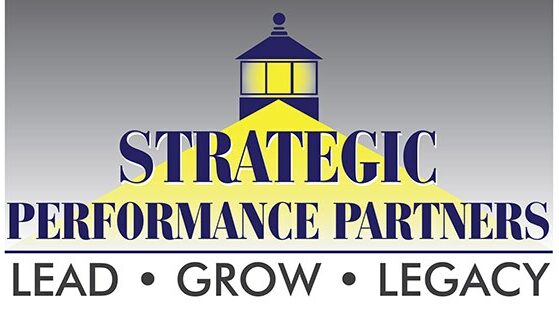What behaviors mark you as a leader to be trusted when things become challenging in global partnerships? What do you need to know before starting down the path of building global partnerships? Are you ready to become more transparent as a leader?
Today, it’s easier to set up global partnerships than ever before. How do you decide where you should invest your time and critical resources in building great global partnerships?
I’ve been doing business with global partners since 1986. These partnerships have generated hundreds of millions of dollars in revenue over the past 25 years for my clients and businesses.
What makes my experience unique is that my companies were many small and midmarket organizations, not the global organizations you see in the news every day. I believe there are differences in how you structure successful partnerships when you’re a small and mid-market organization as opposed to a global powerhouse.
Here are several questions I ask entrepreneurs before they begin investing in global partnerships.
- Why do you want to go global?
- What attracts you to global partnerships versus other national opportunities?
- How much do you know about doing business globally?
- Have you ever tried to go global before?
- How quickly do your teams adjust to new ways of doing business?
- Do you have the right people in place to make these global partnerships work within a reasonable timeframe?
- How long do you think it will take to get results?
- What do you expect the results to be financially?
I believe that transparency is critical to success in global partnerships. When I’ve seen organizations fail, it typically is lack of understanding of their own organization’s partnership capabilities. My clients pay me to help them decide both the risks and the rewards in determining whether to go with global partnerships or not.
Increasing an organization’s and their leader’s self-awareness is critical to structuring great global partnerships. Over 50% of CEOs believe their partnership efforts fail by their own standards of success. I believe the number would be significantly higher for failing global partnerships. When this happens in a smaller or midmarket organization, the results can be devastating.
I believe many entrepreneurs fail the transparency test because they are very controlling in how they run their organizations. It’s what helps them sleep at night. It keeps the organization reaching and exceeding its goals. I’m not here to knock my fellow entrepreneurs, we work hard and have helped build a strong global economy. But to truly succeed on a global scale, you need to be transparent.
Let’s see how you do on the transparency test. I adapted these questions from Steven M.R. Covey’s 13 Behaviors of a High Trust Leader. If you’re not familiar with Stephen’s landmark work on trust, you should grab a copy of his book, it will change the way you see business forever.
Now here are some questions to help you understand if you’re seen as a transparent leader.
- Do you tell the truth in a way that others can verify what you say?
- Are you authentic and consistent with your behavior across your organization and partnerships?
- Are you comfortable sharing your beliefs and values with other people at the beginning of the relationship?
- Are you good at sharing your agenda with others outside your organization?
- Are you able to co-create a shared agenda that both partners can agree with?
- Are you comfortable sharing information with other key stakeholders inside and outside your organization?
- Does your partnership style create collaboration or competition?
Now, what are the right answers to these questions? The challenge for most successful entrepreneurs is that they are successful because of speed and agility going to market. When dealing with global partnerships, it’s about patience and persistence in working through the many barriers to doing business.
Many times, it means having the right team of advisors in place to make sure things get done in the correct order. It also means having a more facilitative style of leadership versus command and control style. Here’s the good news, once you see how effective you can be as facilitator of business, you may never go back to command and control.
Next week, we share the key capabilities you need to develop to become a stronger global leader. The one thing you should remember is building successful global partnerships is a team sport. See you next week.


One thought on “Are You Ready to Build Great Global Partnerships?”